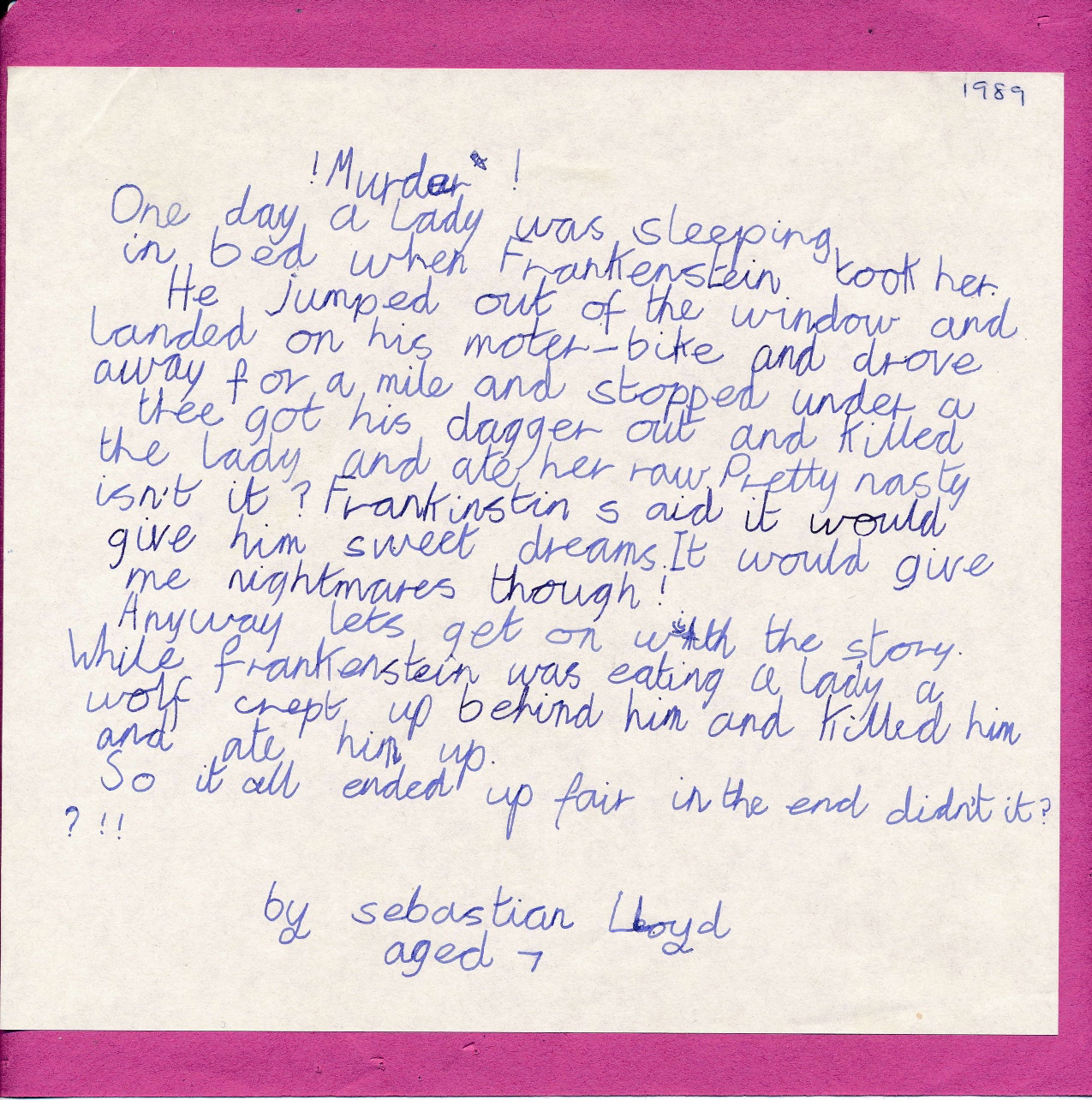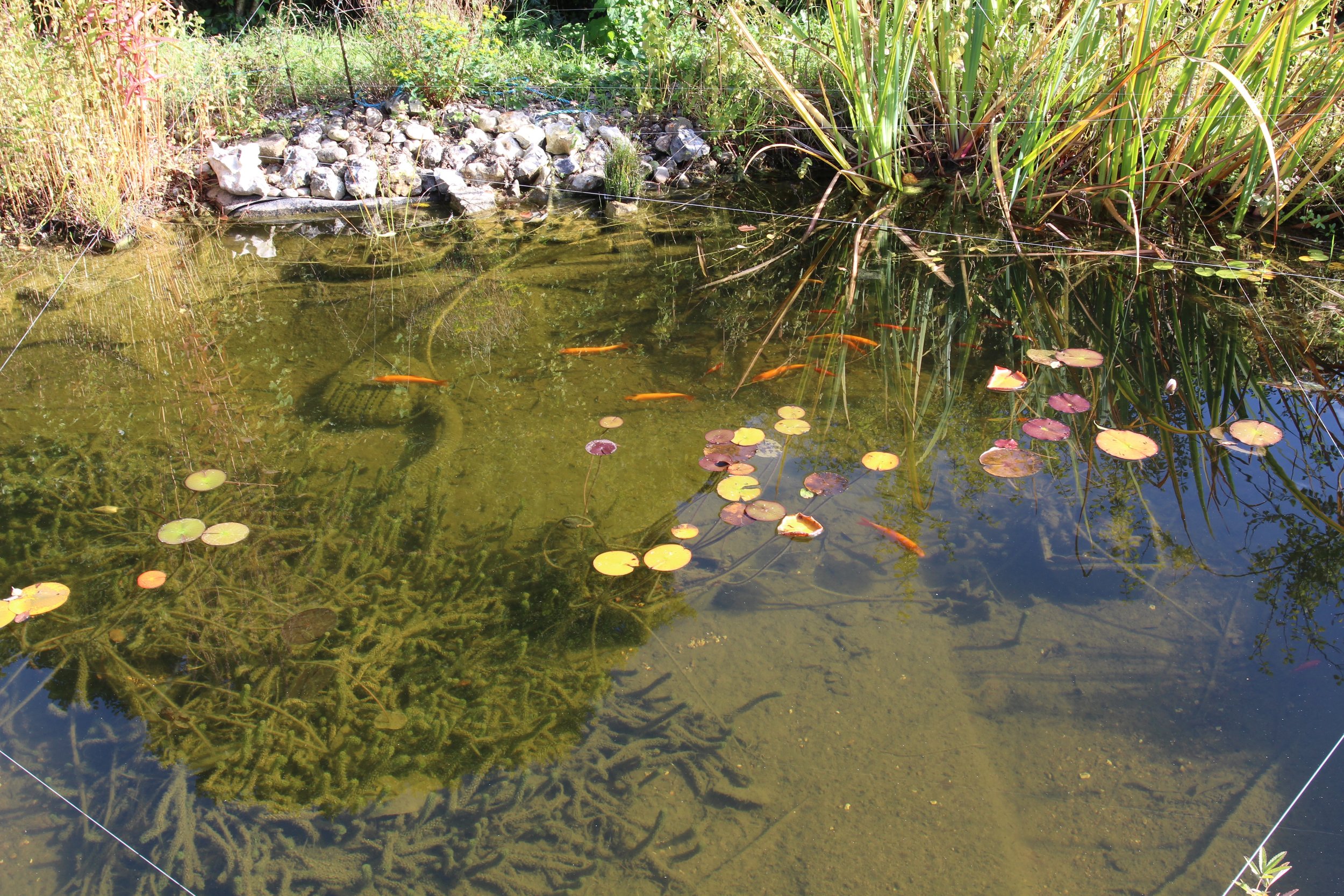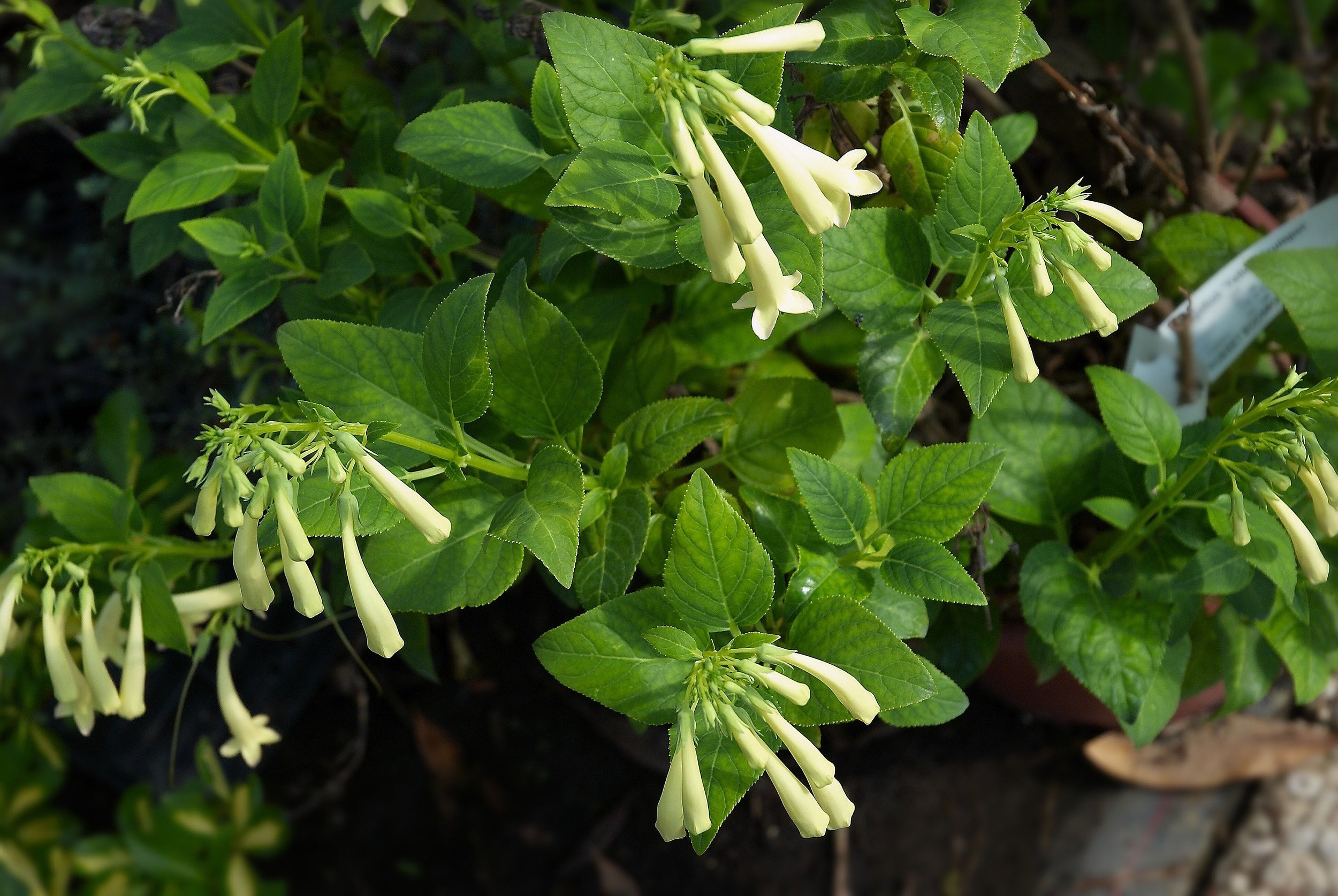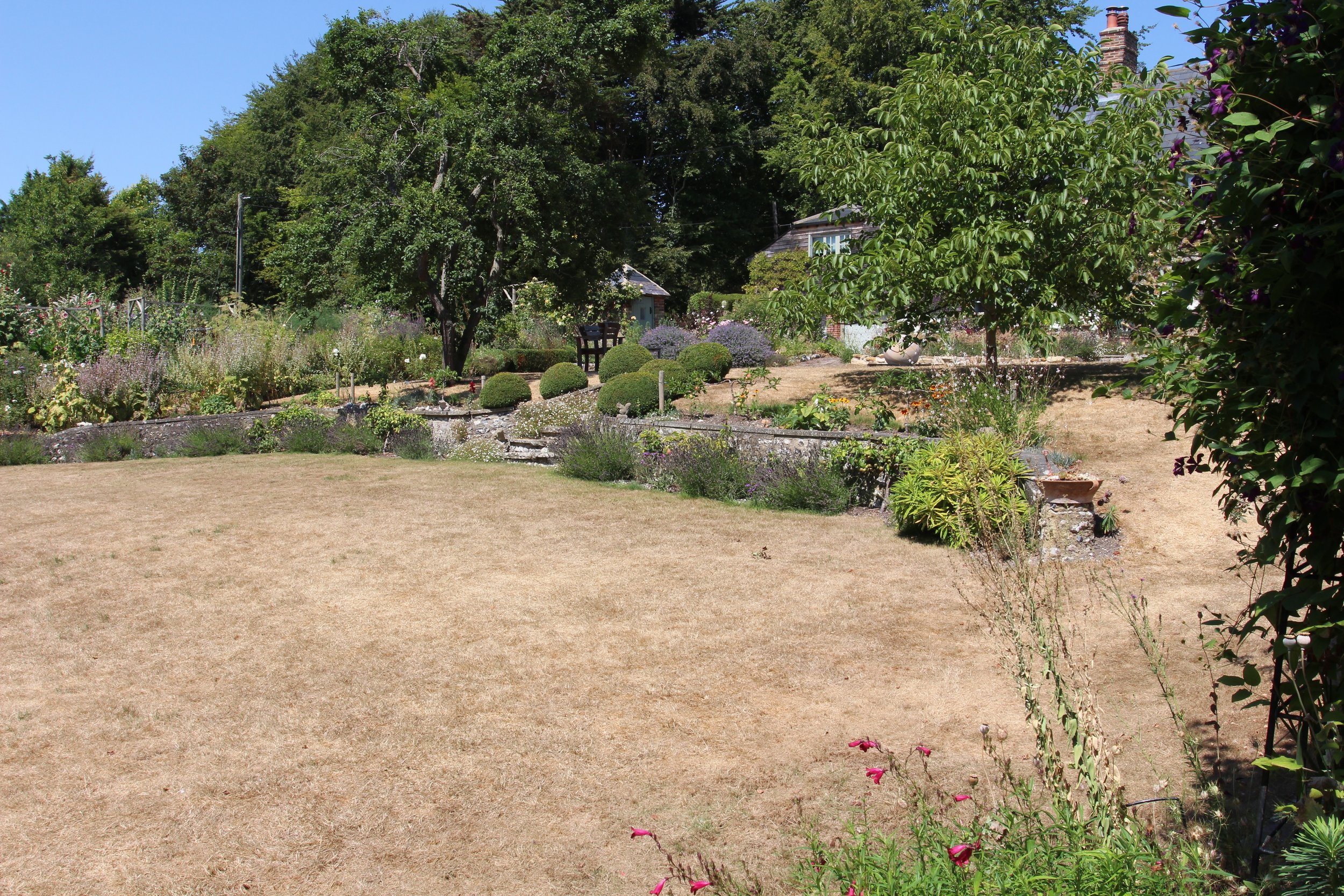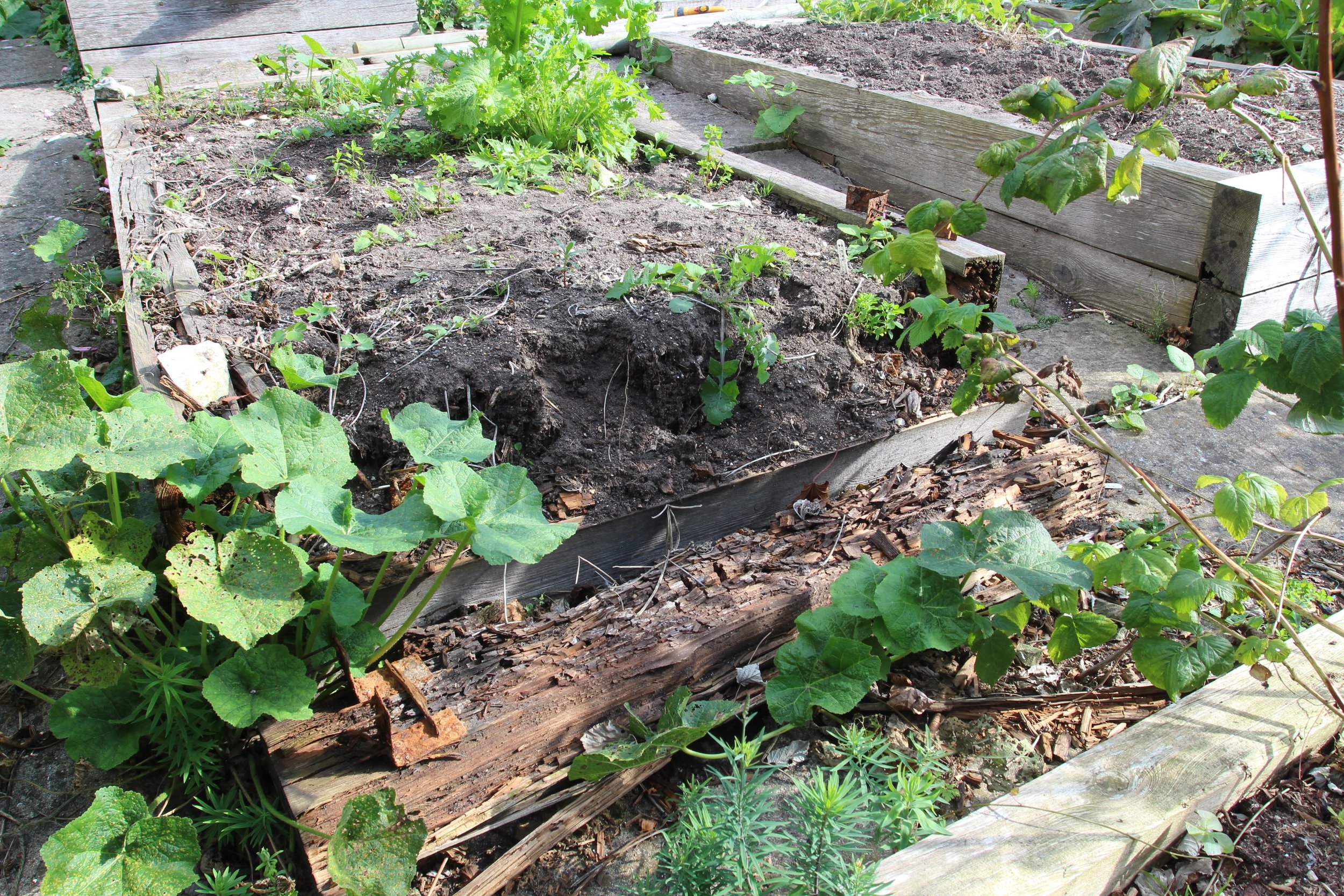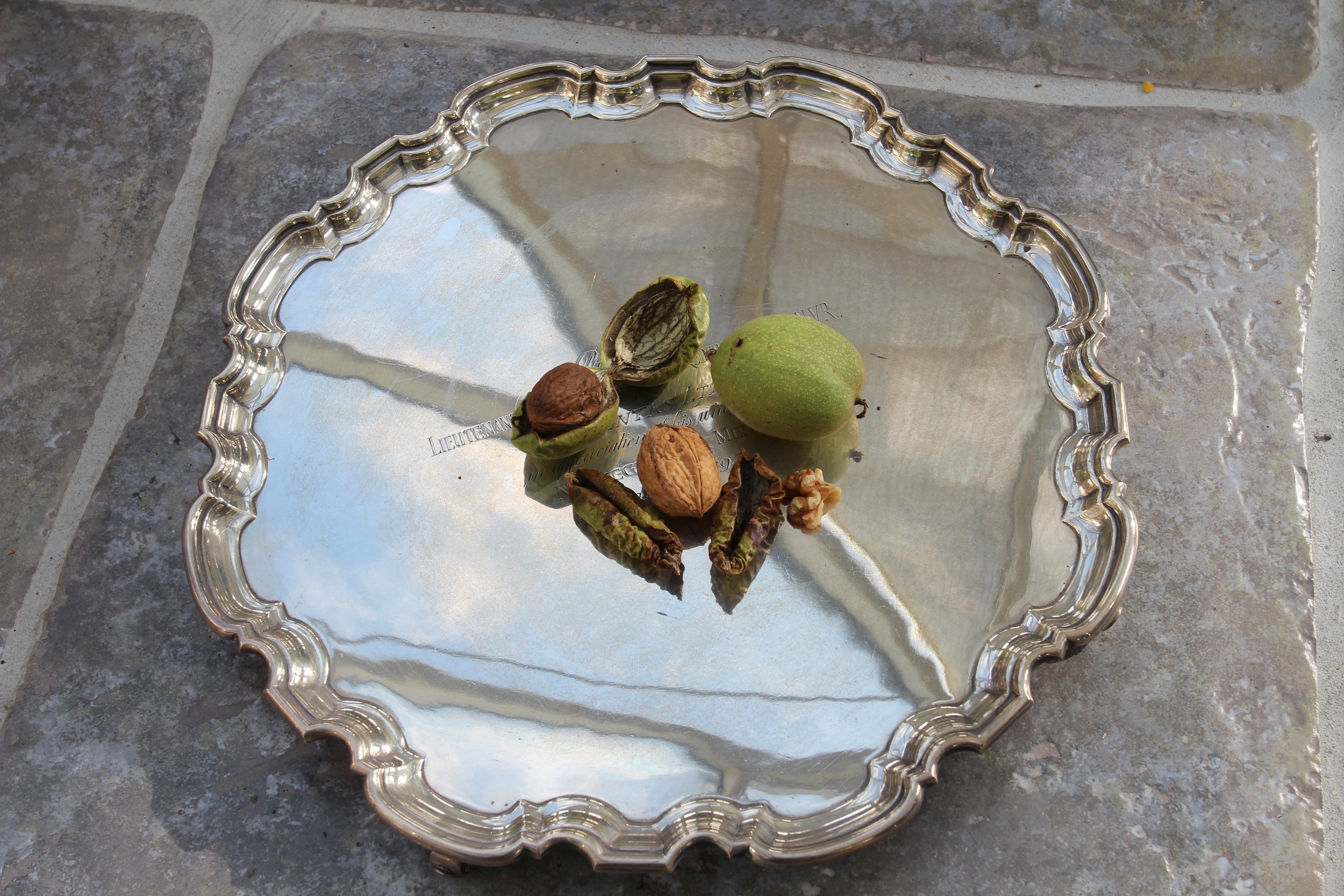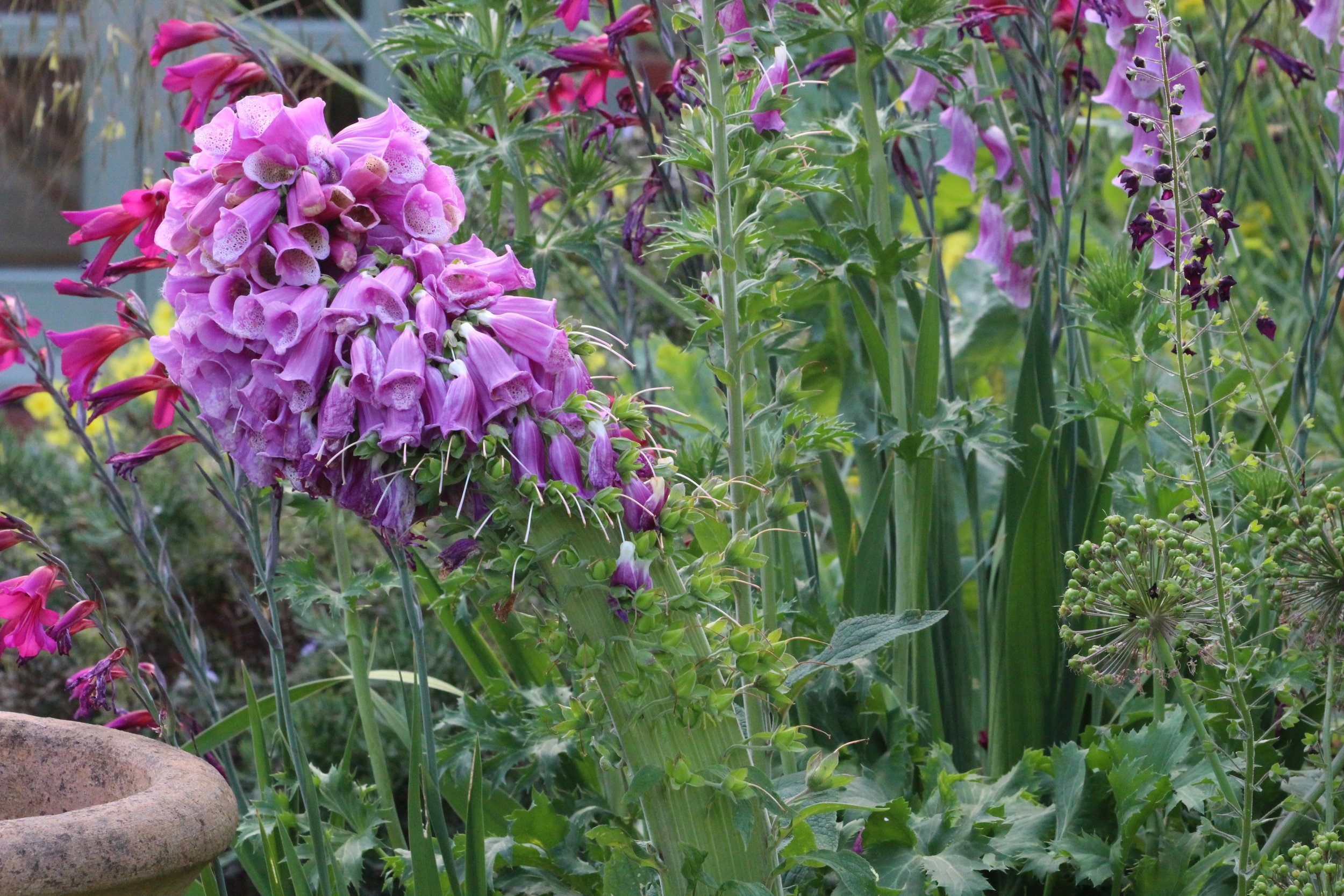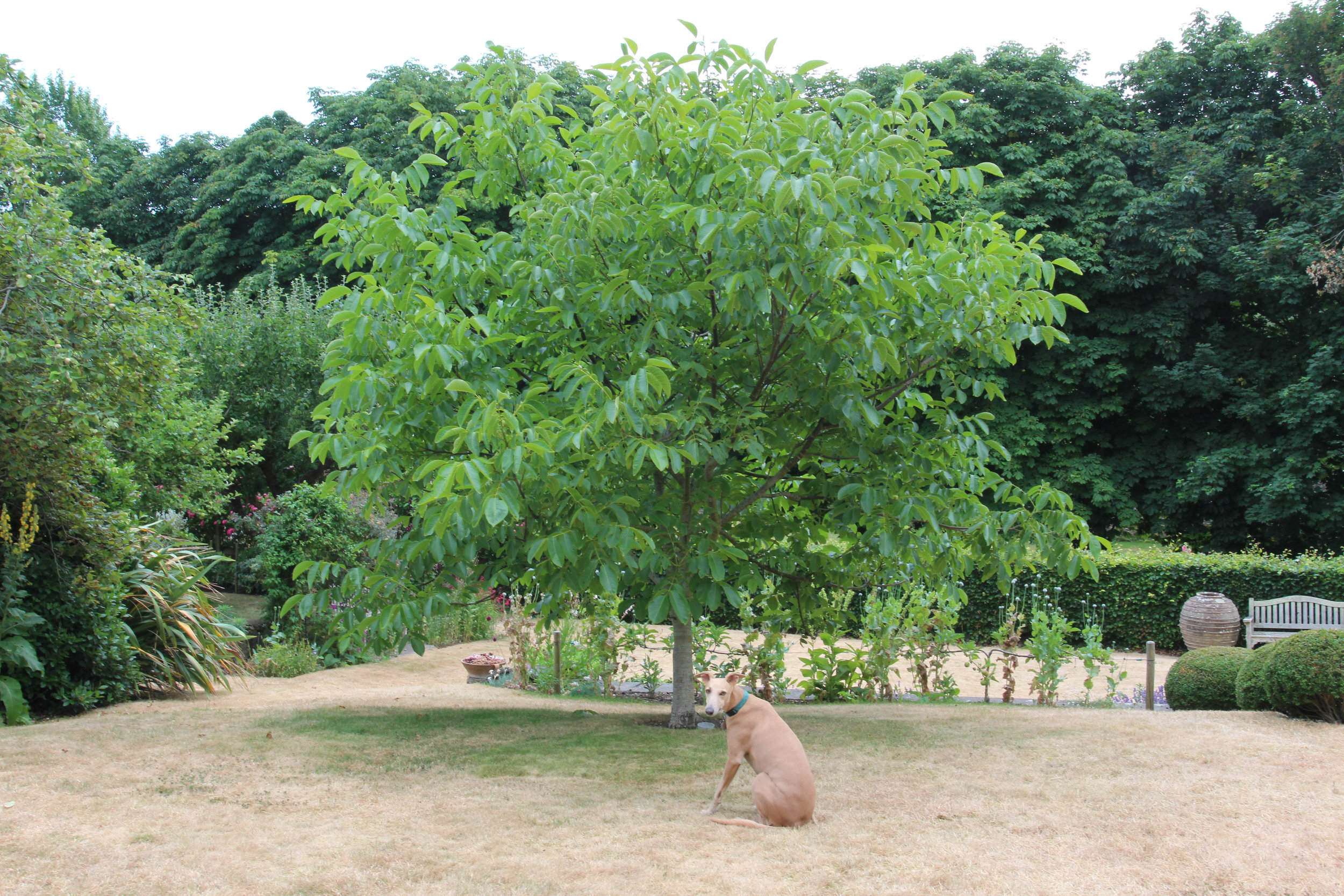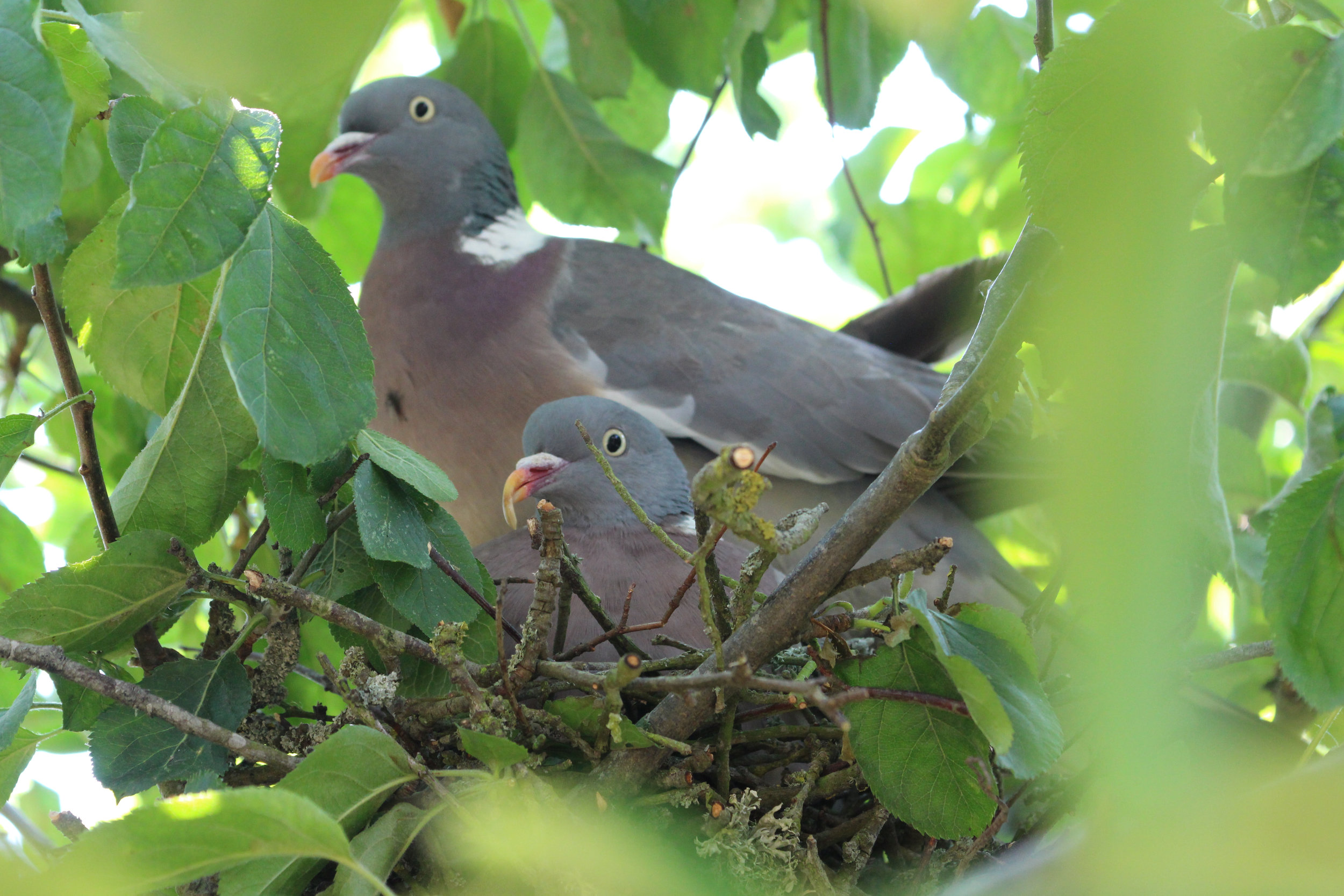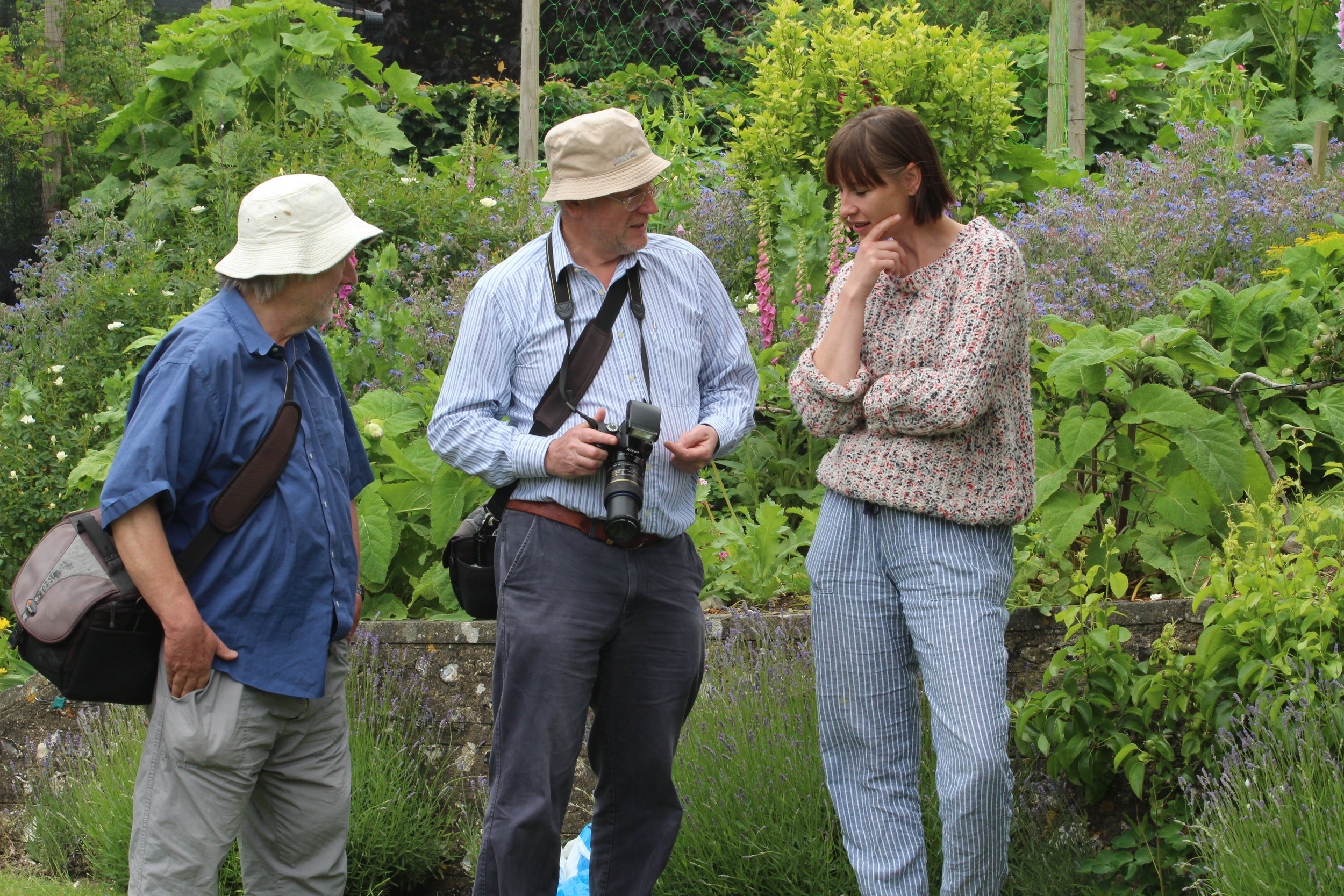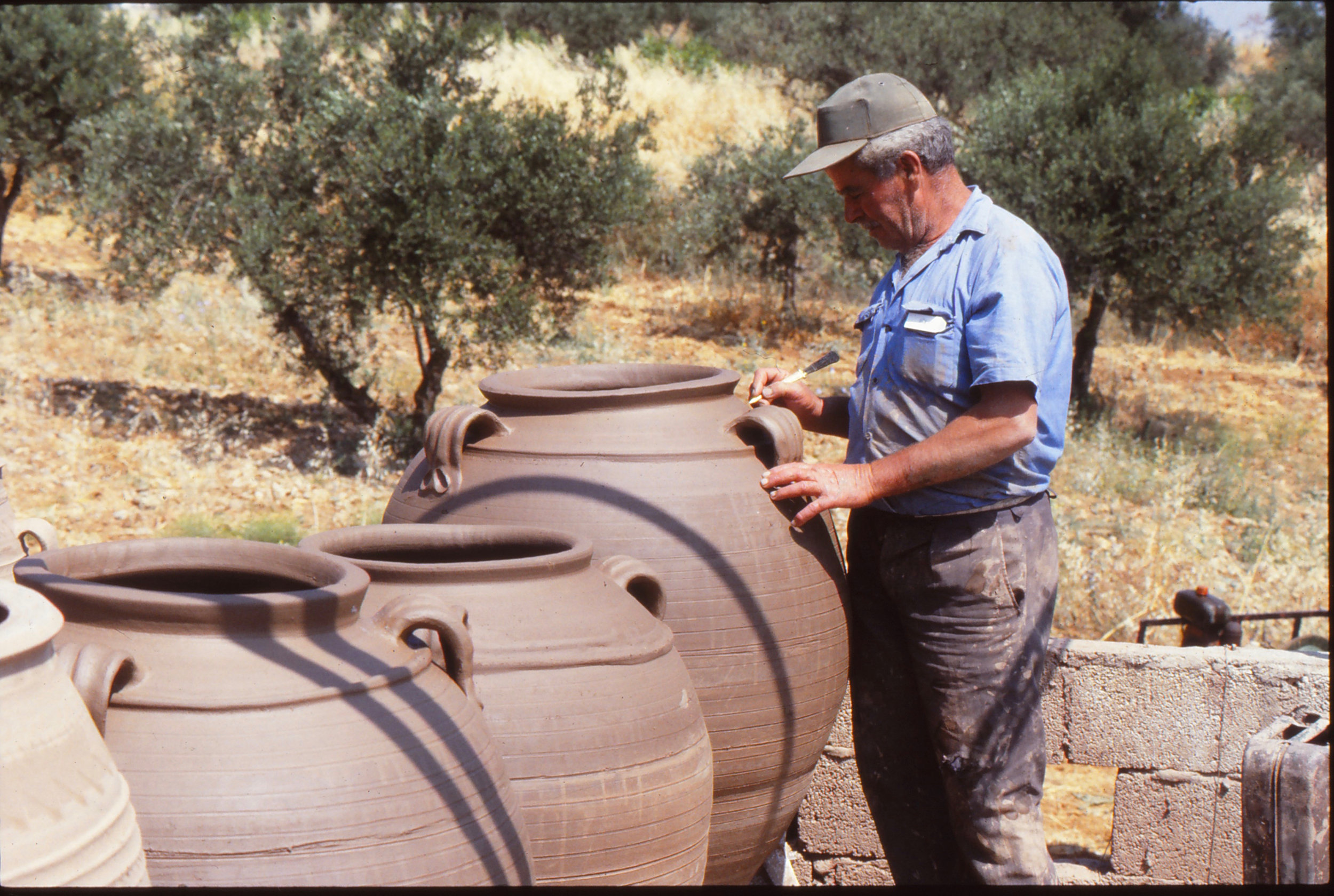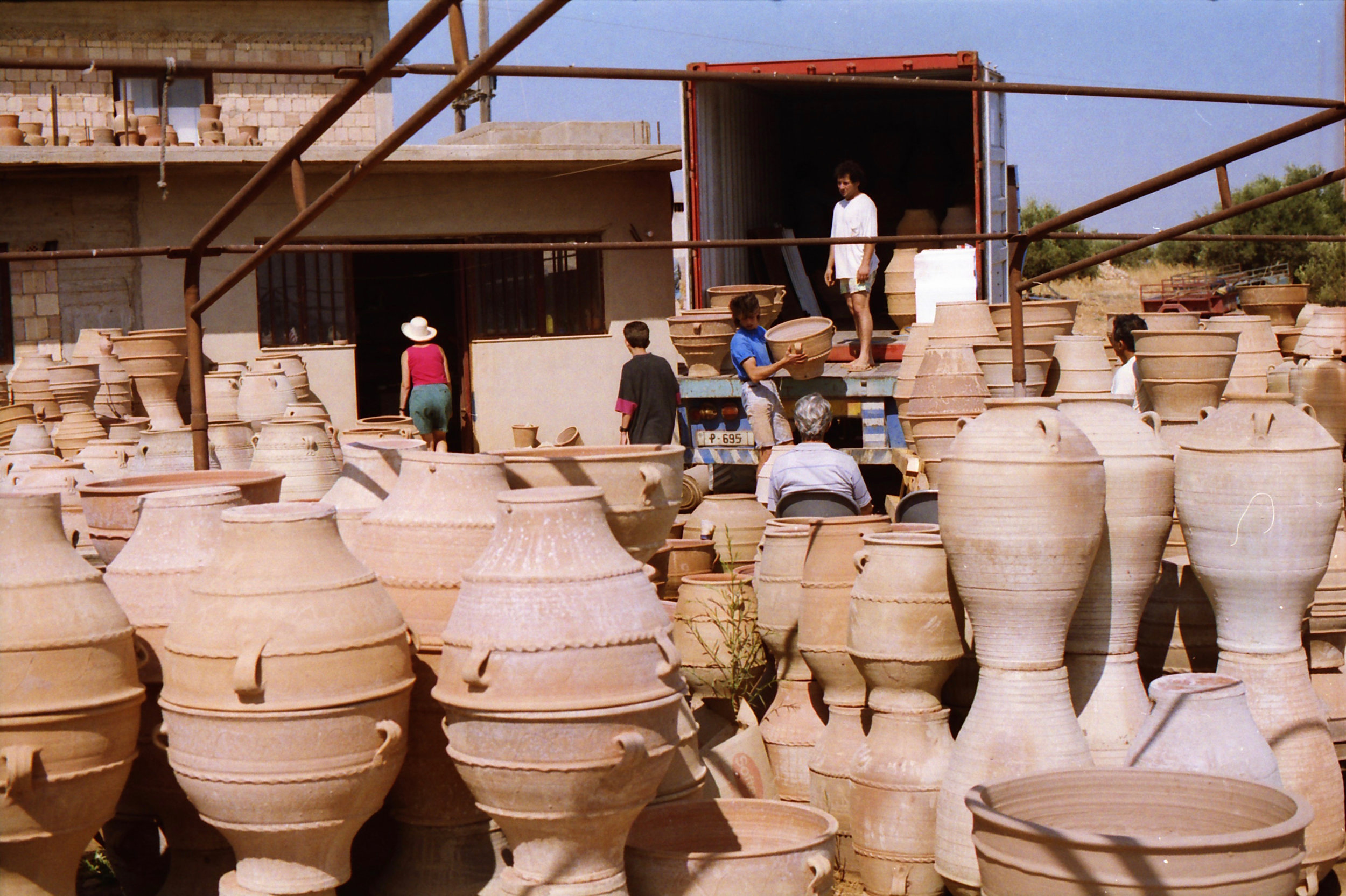Why try to improve perfection?
Goodbye summer.
Well, it had to end eventually. Not that this weekend, down here on the south coast, was as chilly as Liam Dutton said it would be. Maybe the Nightmare from the North has yet to strike us but, though the wind had a bite to it, that made ideal conditions for the runners in Saturday’s Beachy Head Marathon. This masochistic pastime always coincides with the clocks going backwards and I daresay the competitors, after eighteen miles, felt the same by the time they passed our house. One local spectator held a banner saying PAIN IS TEMPORARY, PRIDE IS FOREVER but with eight uphill miles to go I wonder how many were convinced.
Anyway, last Friday, supposedly the last of our indian summer, we picked the final crop of courgettes. Fancy doing that on October 26th…usually the first frosts have demolished the plants by then. Autumn raspberries too have been going strong though probably the frosts over the last couple of days will have put paid to any more. Casualties already are the remaining french beans, lettuces and the second crop of figs, while the pond side gunnera is struggling in the cold.
Surprisingly the dahlias haven’t been blackened yet but they won’t last much longer. Here are three looking healthy specimens, from left to right: Cafe au Lait, Pontiac and Gerrie Hoek.
More harbingers of autumn: colourful leaves (the view from our bedroom window), wrapping bubble plastic around the terracotta statues, putting stuff in the greenhouse, the arrival of Greenthumb’s scarifying team and medlars in need of bletting.
So finally it’s farewell sunshine and heat. Auf wiedersehen open doors and windows. Adieu teeshirts and shorts. Bye bye home grown vegetables. But cheerio weekly mowing. And welcome central heating, log fires and crumpets. Who says autumn’s a pain (apart from the runners)?
Triumphs and Disasters (and Frustrations).
It’s all very well Kipling urging us to treat those two imposters just the same and promising us that if we did ‘yours is the earth and everything that’s in it’. Well, he obviously spent more time in his study at Bateman’s than he did in the garden because what he didn't mention - or perhaps didn’t understand - was what was actually in the earth. Here at The Long House we’ve got mile upon mile of bindweed and having spent the last few days trying (in vain I suspect) to rid a few square yards of the damn stuff I reckon frustration should be added to his list of imposters.
Anyway, it set me thinking of our gardening triumphs, disasters and frustrations during 2018. Totting them up they came in almost equal measure, which given the extraordinary weather this year isn’t a great surprise I suppose. Perhaps no real triumphs but some successes: last year’s pea soup pond is now as clear as a whistle, thanks to the filtration system that Adam the Aquarist installed last autumn.
And the leaky hose watering system I ran across the lawn to the apple and pear step-overs has saved them from dying and actually given us decent crops for the first time.
Our garden openings have enabled lots of people to enjoy the garden and at the same time raised plenty of dosh for various charities. So that’s good.
And the glut of courgettes has given Rosie the chance to add to her reputation as Improvisor of the Year: courgette pancakes, courgette soufflé, courgette soup, courgette sausages, courgette panna cotta (which spellcheck tried to alter to panacea)…even courgette cake.
The glut of apples has however been a mixed blessing: plenty to store over-winter, plenty to use for Dorset Apple Cakes and crumbles, plenty to give away at the gate but plenty more cursed with the dreaded brown rot. And what do you do with them in that state?
On the disaster front there’s the afore-mentioned bindweed which this year’s heat seems to have greatly encouraged. But just as bad has been the invasive phygelius aequalis…don’t ever contemplate growing it. It has roots just like bindweed so unless you get rid of every last scrap it’ll start again. Above ground it looks like this…below ground, like this…with root systems like this.
Disaster number 2: the lawns. Usually rain greens them up but this year’s heat was too much and it’s killed large areas of grass. Scarifying, reseeding and even re-turfing will be necessary this autumn.
Disaster number 3: my various erections. Throughout the garden I’ve used wood for trellises and raised beds and despite being pressure treated and guaranteed for ten years (ha-ha) it’s beginning to rot and collapse.
As for frustrations: our first-ever walnut crop was wolfed by the blasted squirrels, leaving us to rescue just three. Our best-ever quince crop developed measles and was unusable. Our initial fig crop was decimated by the Beast from the East (we had just six edible figs) while the summer heat encouraged the tree to try again and now it’s smothered in fruit that will never mature but will need removing one by sticky one next month.
Not to mention the summer heat that frazzled the garden by early July…but why bother to complain? Much better to follow Kipling’s advice and take it all in one’s stride. And to remember - through gritted teeth - that The Glory of the Garden it shall never pass away!
Fascinating or what?
Gluts are familiar to everyone that grows vegetables…one day you’re yearning for whatever it is to ripen, next day you’ve got too many of the damn things. At the moment it’s courgettes. Worse still with courgettes, one day they are small, tender and succulent, next day - literally next day - they’re socking great marrows, no good to man nor beast unless you like stuffing them. Which leads of course to the problem of what to do with them: daily consumption can get a tad boring and there’s a limit to what the neighbours will want. Head chef Rosie luckily has come up with courgette pancakes and courgette soufflé, both of which are strokes of culinary genius and which, for a small fee, she will let you have the recipes of.
Anyway, this year our two courgette plants have shared a bed with a couple of cucumbers and last Saturday, when Rosie was harvesting the day’s zucchini overload, she spotted, lurking underneath an overgrown courgette leaf, a curious version of a cucumber. It was a three-in-oner, a siamese triplet cucumber, no less. See for yourself:
This was interesting because earlier in the year we’d grown, quite by accident, a misshapen foxglove with very similar characteristics. Have a look:
If you’re still with me, this is where you need to concentrate. Apparently this sort of strange growth is known as ‘fasciation’. It’s a relatively rare condition and occurs in vascular plants in which the apical meristem (the growing tip), which normally is concentrated around a single point and produces cylindrical tissue instead becomes elongated perpendicularly to the direction of growth thus producing flattened, ribbon-like crested or elaborately contorted tissue. These deformities can be caused by hormonal, genetic, bacterial, fungal, viral or environmental conditions - take your pick - and can occur in almost any kind of plant. So now you know.
Talking of things changing from one thing to another (and of Rosie’s gastronomic skills) this is what happens to crabapples from one day to the next. Pity we haven’t got a glut of them… Alys Fowler’s crabapple gin recipe sounds interesting.
Noel Coward got it wrong today.
Not sure if today’s snowflakes have even heard of Noel Coward let alone know that he maintained only mad dogs and englishmen go out in the midday sun. Usually he was correct about our fascination with the sun and our daft propensity to sit in it. But not today. Today is so oppressively hot that it promises to beat all records so I defy even mad dogs to remain outside for more than five minutes. Mind you, I couldn’t resist taking a few souvenir pictures of this unprecedented scorcher before settling down to a zizz in the hammock. Here’s what I shot:
But here’s one mad dog that thinks nothing of the heat and would rather like a game:
And here, for everyone to enjoy, is Noel Coward’s classic song:
Little things mean a lot.
We all know the joy that small things give us. And I don’t mean the pleasure of, for instance, a grand-daughter, though ours does indeed give us no end of delights. No, I mean the little things in life that sometimes merely cheer us up by their very unexpectedness.
Our walnut tree here at The Long House has given us one of those moments of idiosyncratic pleasure: it is, for the first time and against all expectations, bearing nuts. At least eleven of them. And here’s the tree and here’s the proof:
Our teenage tree has finally produced some nuts. Let’s hope that doesn’t lead to other problems. We all know what teenagers can catch through their derry-do’s. By happy chance, Bob and Bob appeared a couple of days ago to see if they could add to their plethora of aphids so I introduced them to the walnut tree.
To their delight, and to prove that indeed little things mean a lot (to some people anyway) they found Mrs Chromaphis Juglandicola and her family of small walnut aphids residing on the underside of one of the leaves. Better still, first Bob spotted a ladybird lava eating one of them and then some large walnut aphids - Panaphis Juglandis - on another leaf. Joy unconfined for Bob and Bob but happily no serious diseases for our teenage tree.
Elsewhere in the garden, above our heads as we sat by the greenhouse, we watched two pigeons hopefully embarking on, probably, their fourth or fifth family of the year. As they and their offspring are no friends of us gardeners I’m afraid they’ll need, in the words of the song, a shoulder to cry on. I’ll say no more.
Since we last spoke...
I know how you, my dear and very faithful readers, hang on my every word so I must apologise for leaving you in the lurch for so long. Such a lot has happened and the weather has been so gorgeous that sitting down in front of a computer to blog-speak has been low on the list of priorities. Today though, ahead of the next thrilling instalment of the World Cup and because it really is too hot to garden outside I’ve decided to update you.
You’ll remember that in April we met Bob and Bob, the aphidologist kings. Well, they popped by again in early June to see if our wild flower paddock had any goodies for them. By happy chance one of their greatest fans, Gemma, was staying the weekend here with her husband, our son Sebastian. Gemma, I must tell you, had, a week earlier, almost overdosed on Bob and Bob’s website so the three of them spent the afternoon seeking unusual and rare species.
To their mutual delight they came up with a Tubaphis Ranunculina. Better still, it was being parasitised by a bright red mite (see the photo below). They also photographed brown aphids being tended by an ant and as you don’t often see that sort of thing, here it is too:
Enough of all that. Rosie and I went to Crete in early May and that’s another reason I’ve been so silent blog-wise. As no-one is ever interested in other peoples holidays I won’t bore you with details but I will show you one photo of a wild flower meadow in Omalos. Eat your hearts out, Bob and Bob…think what you’d find there.
But the main reason for the gap between blogs is of course our garden openings. We had several small groups visiting in early June, all enjoying the wonderful sun and the garden looking at its glorious best and raining us with compliments and comparisons with Sissinghurst and Great Dixter (so good for the ego) but when it came to our first public opening we encountered rain of a different order: Storm bloody Hector. The forecast was dire, the wind blew, it poured all morning and the great Sussex public decided to postpone their visits till another day. For the 34 - yes, just 34 - that turned up it was a double bargain: an almost empty garden to enjoy and a blissfully sunny afternoon as the clouds rolled away precisely as predicted at 3.15.
Still, the opening last Thursday made up for it, as 259 visitors paid their £5, ate their cakes and made the NGS very happy. And us too for that matter, as we’ve now raised £50,000 for charity since we began opening in 1987. One further public opening to go this year: Saturday July 7th on behalf of Family Support Work though if this scorcher goes on much longer the poor old garden will be completely frazzled despite Rosie’s dead heading and our constant watering (our own rain water harvest together with our own well so don’t worry, Southern Water).
If you’re reading this, come if you can. If you can’t, here’s what you’re missing:
How we met Bob and Bob.
Dog walking is a great way to meet people. Dog walkers, like cricketers and gardeners, are generally good eggs and a quick natter whilst the dogs sniff, wag and chase is a relaxing way to pass a few minutes. Usually it’s the weather, the conditions underfoot or probing the behaviour and backgrounds of our respective dogs but every so often talk gets more serious and veers onto whether Arsene Wenger should go or the pros and cons of T20.
But yesterday was different. For a start I was in the garden, the dog was asleep and the grass desperately needed mowing. But encouraged by my daily prattle with my doggy pals and slightly concerned that a couple of walkers the other side of our beech hedge might be digging up the primroses (last year I had to severely reprimand some loon who was gouging out an aquilegia from our verge) I gently enquired about their intentions. ‘Don’t worry’ said Bob, ‘we’re on the look-out for aphids and it seems you’ve got some unusual ones on this vetch.’ ‘And I’ve got some good shots of them too’, said Bob (not the same Bob).
Apparently there are over 600 species of aphid in Britain. Not many people know that. But Bob and Bob do and they are amongst the leading experts on the subject in the world, where there are over 4400 species. Not many people know that either. If you look on their website http://influentialpoints.com you'll learn about horseflies, ticks, lice, mossies and midges as well and even more about Bob and Bob and the things they study. Like, for example, Tsetse control in East Africa, Trypanosomiasis - where are we now? and How to avoid and detect statistical malpractice.
But back to aphids: here’s a charming photo Bob took of a mother Macrosiphum Euphorbiae and two of her many babies on a lime leaf in our greenhouse. You may be interested to know she gave birth live, that she needed no help from her male partner and her common name is Mrs Potato Aphid.
If you can’t wait to know more about aphids do have a peep at the Bobs’ website. It’s about the most comprehensive, academic and unexpectedly fascinating site I’ve ever found. However, after last year’s obsession with butterflies I think I’ve learnt my lesson and had better stick with mowing, weeding and musing. (Or else, says Rosie.)
The idleness of March.
Virtually nothing happened in the garden this month. Two doses of the Beast from the East plus a fair amount of rain and wind meant we were for the most part housebound. And there’s only so much lounging, dozing, shilly-shallying and pottering one can do before stir-craziness sets in. So, while watching the snow fall, my scanning machine and I went to work, digitally converting hundreds of negatives onto my iMac. Mostly the pictures were taken in Crete and many were of the potteries we dealt with during our time running Pots and Pithoi, so today, instead of wittering on about matters horticultural, I’ll tell you how those wonderful pots are made.
There are small potteries in several villages on Crete but Thrapsano, south of Heraklion, is the real centre of pot-making. Pots have been made here for centuries and almost nothing has changed in the way they’re made. Local clay is laboriously sifted and mixed with clay from a couple of other Cretan villages and then hand thrown on three different sorts of potter’s wheels: the kick-wheel and the electric wheel (a modern invention) for the smaller pots and the hand-turned wheel for the larger ones. Apart from the very smallest all the pots are built up in stages, a few inches at a time. Once the first layer of clay has been thrown it is allowed to harden sufficiently before another sausage of clay is added and thrown until the whole pot is, layer by layer, and in the case of the big pots, wheel by wheel, complete.
Once the body of the pot has been finished the handles and decorations are added, either by scraping the clay with bits of wood or metal, or by adding bands of clay and prodding with their fingers and thumbs to produce a pattern. Then the sun dries them until they are handleable and ready to be lifted into the kiln.
The kiln is fired, initially with sawdust and olive pips, with the main fuel being grape pips which because of the oil within the pips, produces a heat of around 1100 degrees centigrade. This ensures that the pots are as tough as old boots and as frost proof as any terracotta pots can ever be. After around 24 hours of this fierce heat a huge flame engulfs the inside of the kiln and scorches the pots to give each one its own individual ‘antique’ look.
Once the firing is complete and the temperature inside the kiln matches the outside, the pots are unloaded and left to cool. Then they are filled with water (the impurities in the water ‘sealing’ the pot to give it extra strength) and left for a further 24 hours. Only then are they truly finished and ready, when we were Pots and Pithoi, to be loaded into 40 foot containers and brought to the UK.
If you’re interested Pots and Pithoi is still going strong, now into its third owner, David Dodd. Have a look at their website: www.potsandpithoi.com . As for me, I’m all scanned out …time for a snooze.
Boris would know...
…why snow has settled on some of these paving stones and not on others. After all, he sorted out the border crossing between Camden and Islington so nothing’s beyond him. And if he doesn’t know he’ll quote Shakespeare to divert the question: ‘That is hot ice and wondrous strange snow. How shall we find the concord of this discord?’.
Does anyone know the reason?

